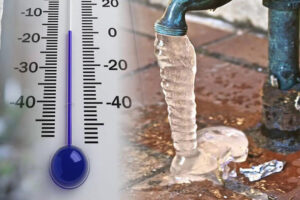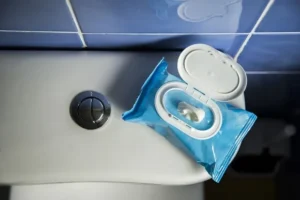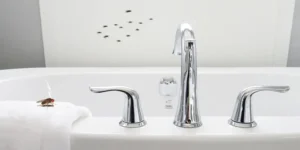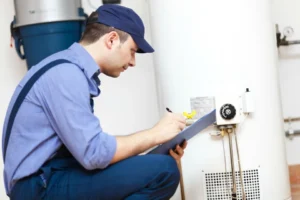A running toilet may seem like a minor inconvenience, but homeowners often underestimate the potential problems it can cause. While you might think it’s just a little water trickling away, the ramifications of neglecting this issue can be significant. Understanding the dangers associated with a running toilet is crucial for every homeowner, as prompt attention could save you from costly repairs and water waste in the future.
Understanding the Causes of a Running Toilet
The first step in addressing a running toilet is to understand why it occurs. Common causes include a faulty flapper, a malfunctioning float, or issues with the refill tube. The flapper is responsible for sealing the tank, and over time, it may deteriorate or become misaligned, leading to constant water flow. Similarly, a malfunctioning float can prevent the tank from filling properly, causing water to run continuously. Recognizing these issues is essential, as their persistence not only leads to increased water bills but can also create an environment ripe for further damage.
The Environmental Impact
Ignoring a running toilet poses a considerable environmental threat. Toilets are one of the largest consumers of water in a household, and a running toilet can waste gallons of water each day. This waste goes beyond inflated water bills; it also places a strain on local water supplies. In areas where water scarcity is an ongoing concern, being mindful of how much water your home consumes is increasingly vital. By addressing a running toilet promptly, homeowners can greatly reduce their environmental footprint and promote responsible water usage within their communities.
Financial Considerations
From a financial standpoint, a running toilet can lead to escalating costs over time. Those few extra gallons of water evaporate into your monthly utility bills, potentially wasting hundreds of dollars annually. Homeowners may find themselves facing unexpectedly high water bills, which can punctuate the issue with a wake-up call to take action. Beyond just the wasted water, if a malfunctioning toilet is not addressed promptly, it can cause water damage to flooring and walls, resulting in expensive repairs. Moreover, ignoring minor plumbing issues can escalate into larger problems that may require professional plumbing interventions, which can be much costlier in the long run.
Damage to Your Home
The unseen dangers of a running toilet go beyond financial implications and environmental concerns — they also encompass potential structural damage to your home. Constantly running water can lead to water damage if it accumulates in unwanted areas. Over time, this can create an ideal environment for mold growth, posing health risks to your family while further deteriorating your home’s structure. Unchecked humidity and moisture from a leaking toilet can also warp and weaken building materials, leading to long-term damage that may not be immediately evident.
The Role of Professional Plumbers
While some homeowners may consider attempting to fix a running toilet themselves, it is often best to consult with professional plumbers. Their expertise ensures that the root cause of the problem is accurately diagnosed and effectively resolved. Dismissed plumbing issues can sometimes mask deeper concerns in your home’s plumbing system, which may not be visible to the untrained eye. Competent plumbers not only provide immediate solutions but can also offer guidance on best practices to maintain your plumbing system, sparing you future inconveniences.
A running toilet should never be viewed as a trivial issue. As responsible homeowners, it’s imperative to address plumbing issues promptly, not only to safeguard your finances but also to preserve the integrity of your home and contribute to responsible water usage. By attending to a running toilet today, you protect your home from future complications tomorrow.









